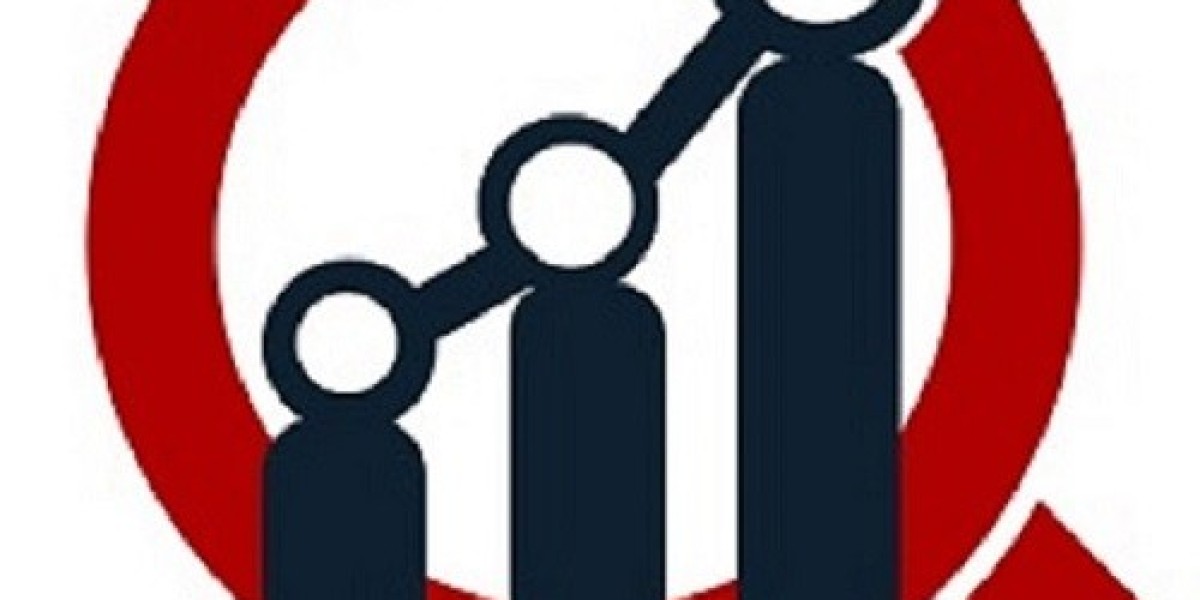In today's interconnected world, the internet plays a vital role in our daily lives. However, with the convenience of online services comes the looming threat of cyberattacks. One of the most disruptive forms of cyberattack is the Distributed Denial of Service (DDoS) attack. In this blog, we will delve into the basics of DDoS attacks, their implications, and how organizations can defend against them.
A DDoS attack is a malicious attempt to disrupt the normal functioning of a network, service, or website by overwhelming it with a flood of traffic from multiple sources. The goal is to render the targeted system inaccessible to its users, causing loss of revenue, reputation damage, and data breaches. DDoS attacks can range in scale and complexity, making them a potent weapon in the hands of cybercriminals.
DDoS attacks can be broadly categorized into three types:
Volume-Based Attacks: These aim to flood the target with an overwhelming amount of data, such as UDP or ICMP packets, to exhaust the network's bandwidth.
Protocol-Based Attacks: These exploit vulnerabilities in network protocols or services, leading to resource depletion on the target system.
Application Layer Attacks: These attacks target the web application layer, overwhelming servers by sending a high number of seemingly legitimate requests.
To defend against DDoS attacks, organizations can employ a combination of strategies. These include using dedicated DDoS mitigation tools and services, implementing firewall rules, load balancing, and deploying content delivery networks (CDNs) to distribute traffic. Regular monitoring and traffic analysis are crucial to identify and mitigate DDoS attacks swiftly.
In conclusion, DDoS attacks pose a significant threat to online services and businesses, causing downtime and financial losses. Staying informed about these attacks and implementing robust security measures is crucial to safeguarding your digital assets and maintaining the availability and integrity of your online services.








